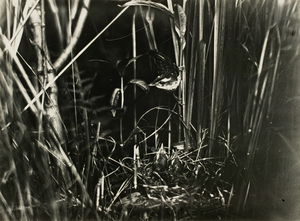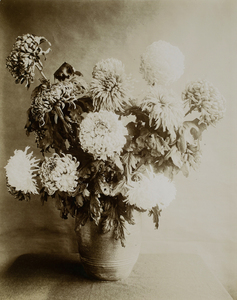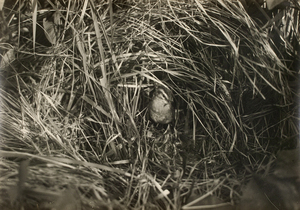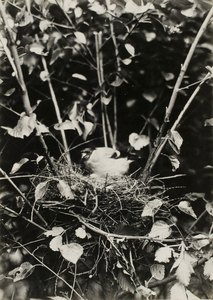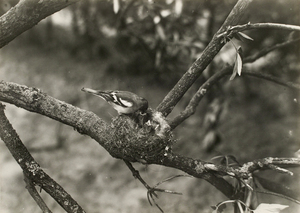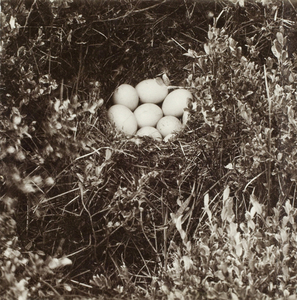Richard Tepe was one of the first photographers in the Netherlands to photograph nature and to point out the importance of its preservation. Although his work was well known and widely published and exhibited in the early part of the twentieth century, his name was quickly forgotten after his death in 1952.
Tepe was born in Amsterdam in 1864, where he was raised by his grandparents and grew up in an upper-class, Catholic environment. His grandfather owned a textile company and one of Tepe’s relatives was one of the master builders of the well-known Krijtberg church at the Singel canal in Amsterdam.
Tepe was both co-founder and member of several ornithologist and natural preservation clubs and became a member of the Netherlands Patrons of Photographers Association in 1909. It is unclear why he became interested in photography, but it is evident that his interest was not limited to the aesthetic qualities of the photographic image. The aspect of “knowledge” enclosed in the photographic medium was equally important to him. The visual qualities of photography offered opportunities to analyze the subject of research, which is probably how Tepe intended to use his photographs: as an exact copy of nature to study his field work.
In his oeuvre Tepe focused on birds, nests, animals, and landscapes, but he also photographed still lifes and genre scenes. The Rijksmuseum holds approximately 300 of his prints in their collection, and 3,000 original glass plates that were once archived in Amsterdam were transferred to the Fotomuseum in Rotterdam in 2000, which shows a selection of his work online.
Claartje van Dijk
Source: Christiane Kuhlmann, Richard Tepe: Photography of Nature in the Netherlands 1900–1940, Amsterdam: Rijksmuseum and New Amsterdam Publishers, 2007.






